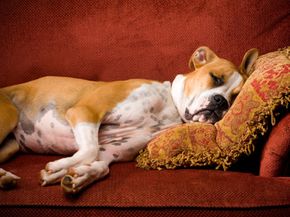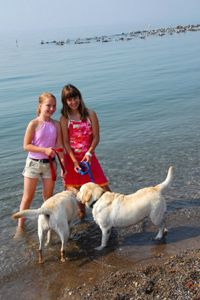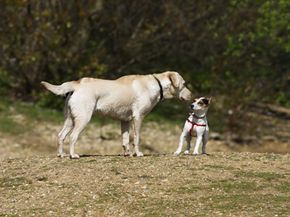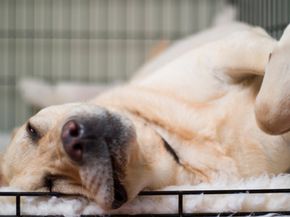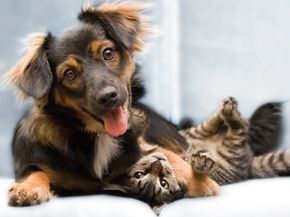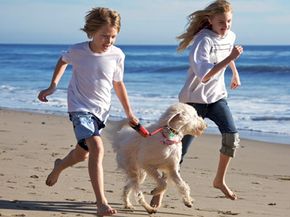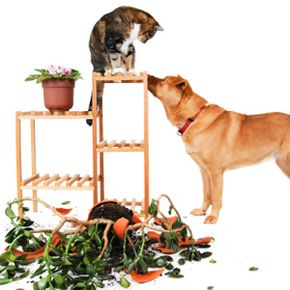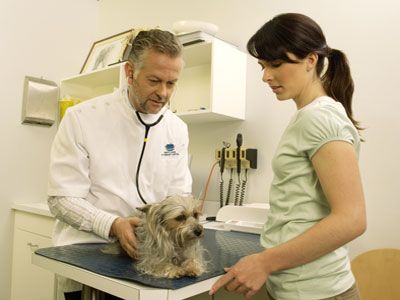When you take your pet visiting, there are some rules to follow for a safe and happy trip. Although your pet may be as important to you as any other family member, not everyone feels that way, and making sure that your host is comfortable with the arrangements by following a few simple guidelines is the best way to ensure that your visit doesn't turn out to be a disaster.
Even though your family and friends may have pets of their own, that's no guarantee that your best furry or feathered friend will be a welcome addition to the guest list. Getting a firm invitation for you as well as your pet is important, especially since adjustments to a new environment can cause behavioral changes in your pet, like whining and aggression, which even you don't expect. Good will and a tolerant perspective on the part of your host is the foundation that will help you keep everything running reasonably smoothly.
Advertisement
Preparation is important. Just as you wouldn't take off for a week without a change of clothing and a toothbrush, you shouldn't plan a trip without considering your pet's need for food, water and a safe and secure enclosure. Beyond that, some planning for the unexpected will come in handy, too. Even though you might not need a pet first aid kit, a current photo of your pet or the number for your vet back home, having these items just in case could mean the difference between a temporary delay in your holiday festivities and a potentially life-threatening situation.
In the next few pages, we'll look at houseguest etiquette when traveling with pet companions and explain some fundamental dos and don'ts that will help to ensure a pleasant visit for all involved. First up, getting the green light from your host.
